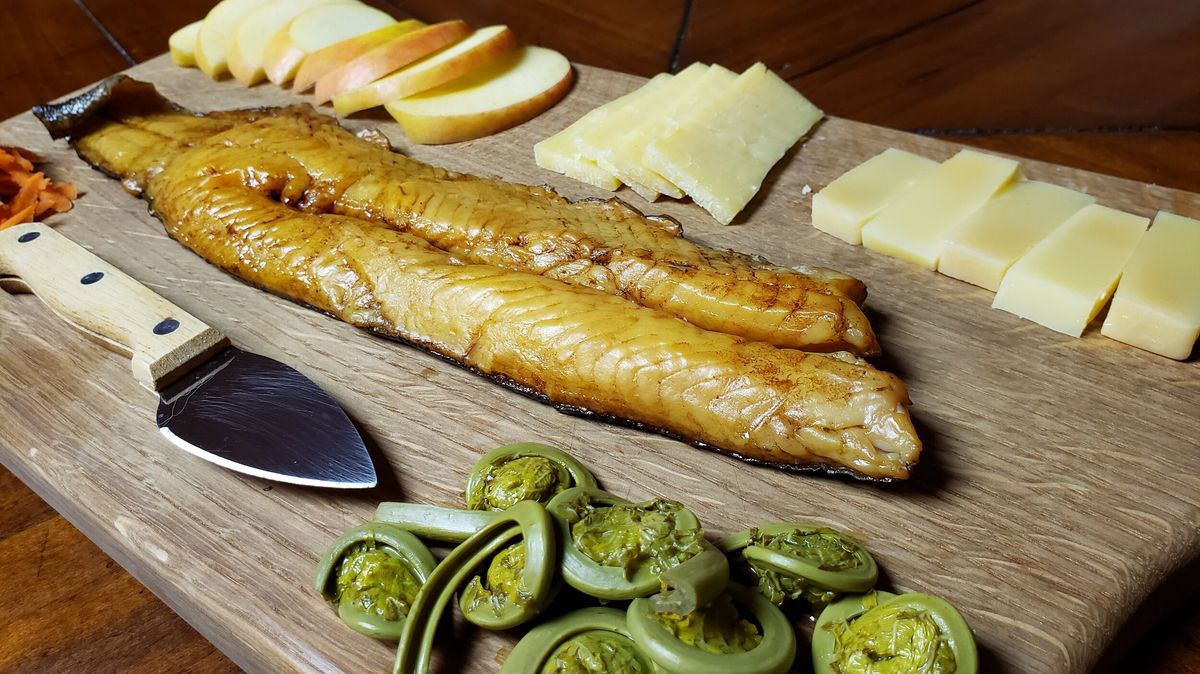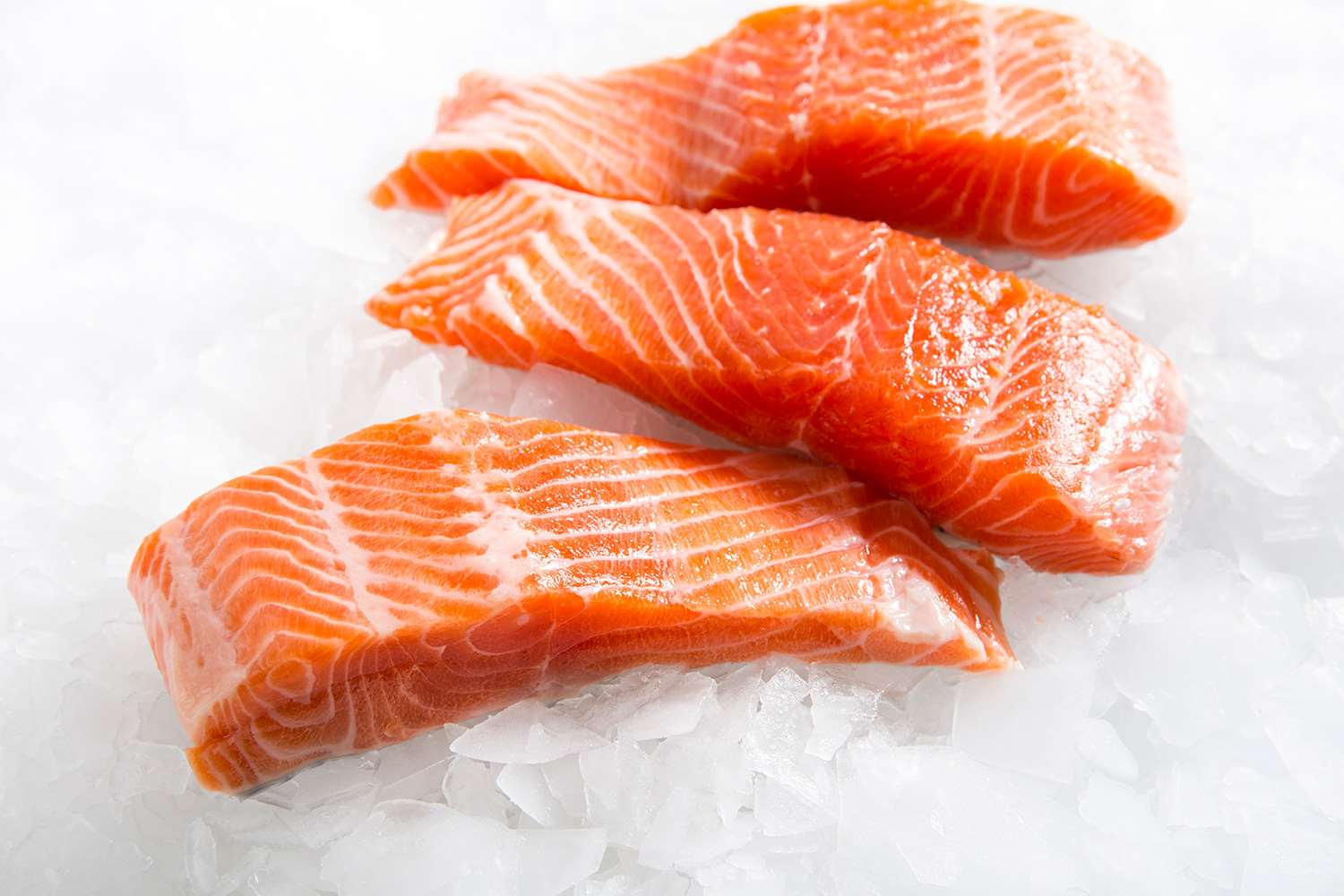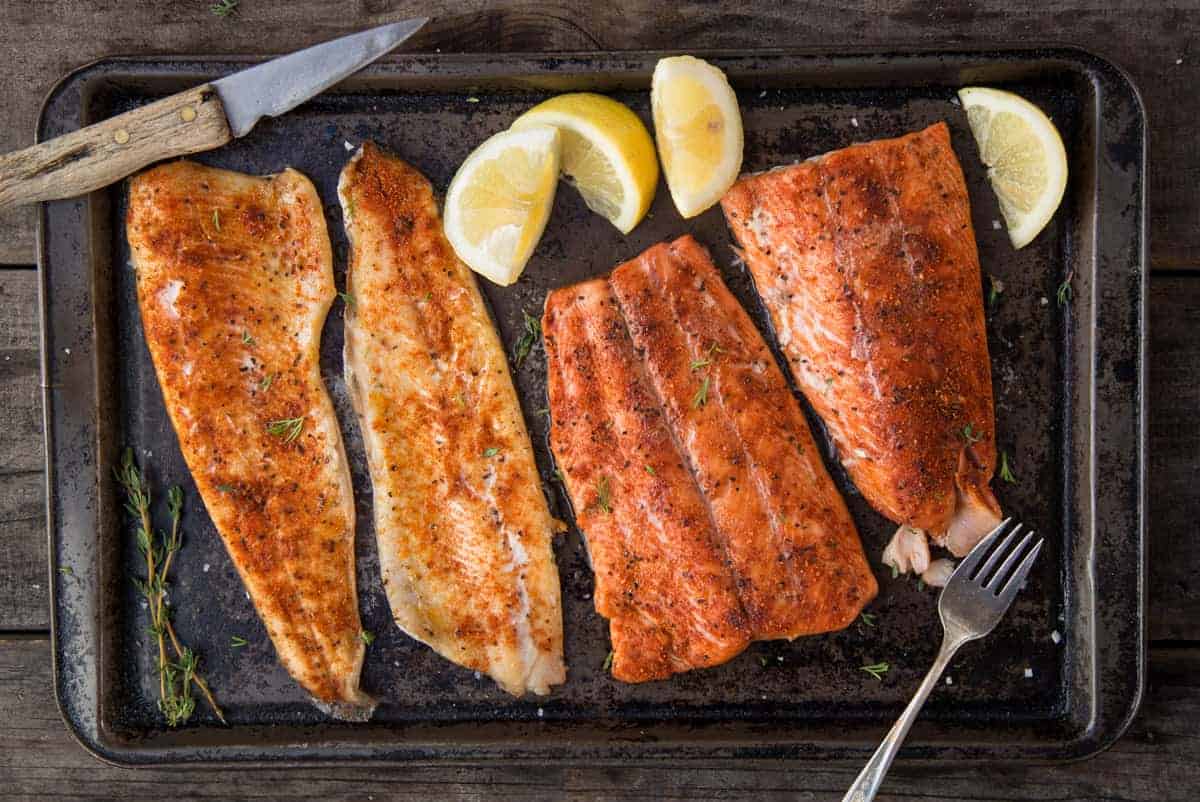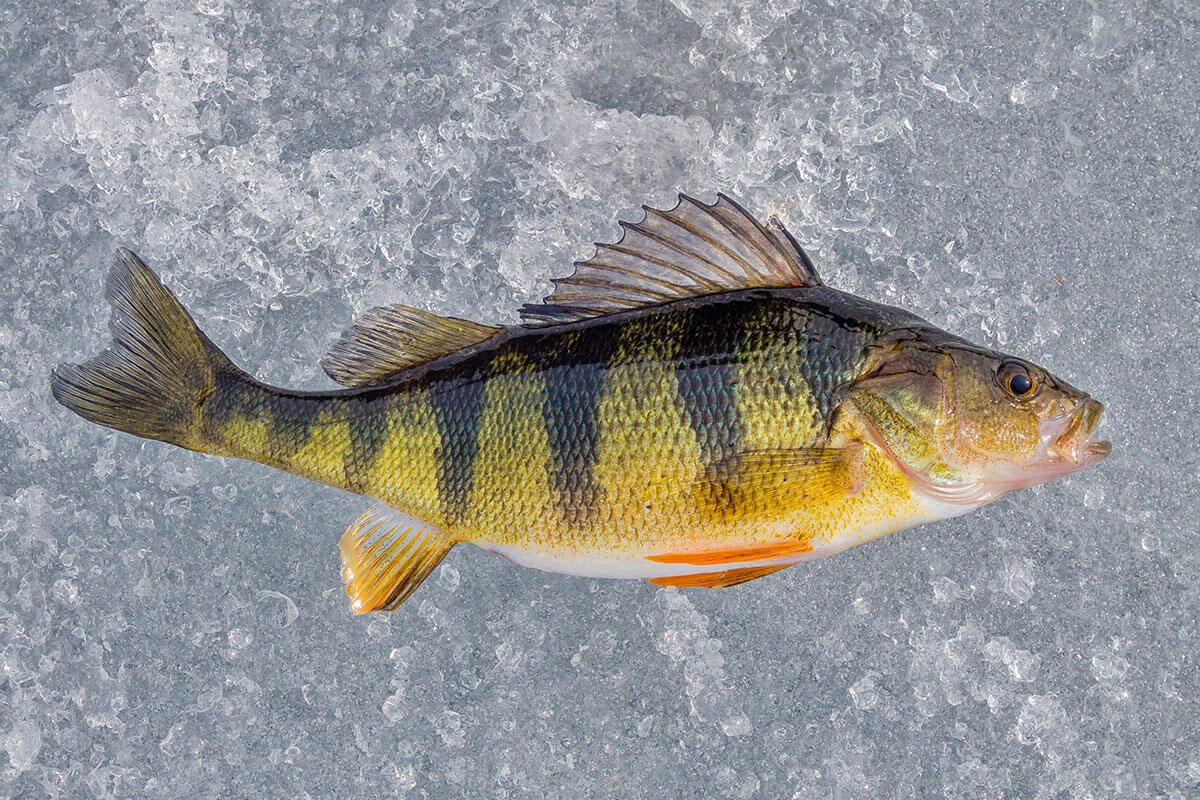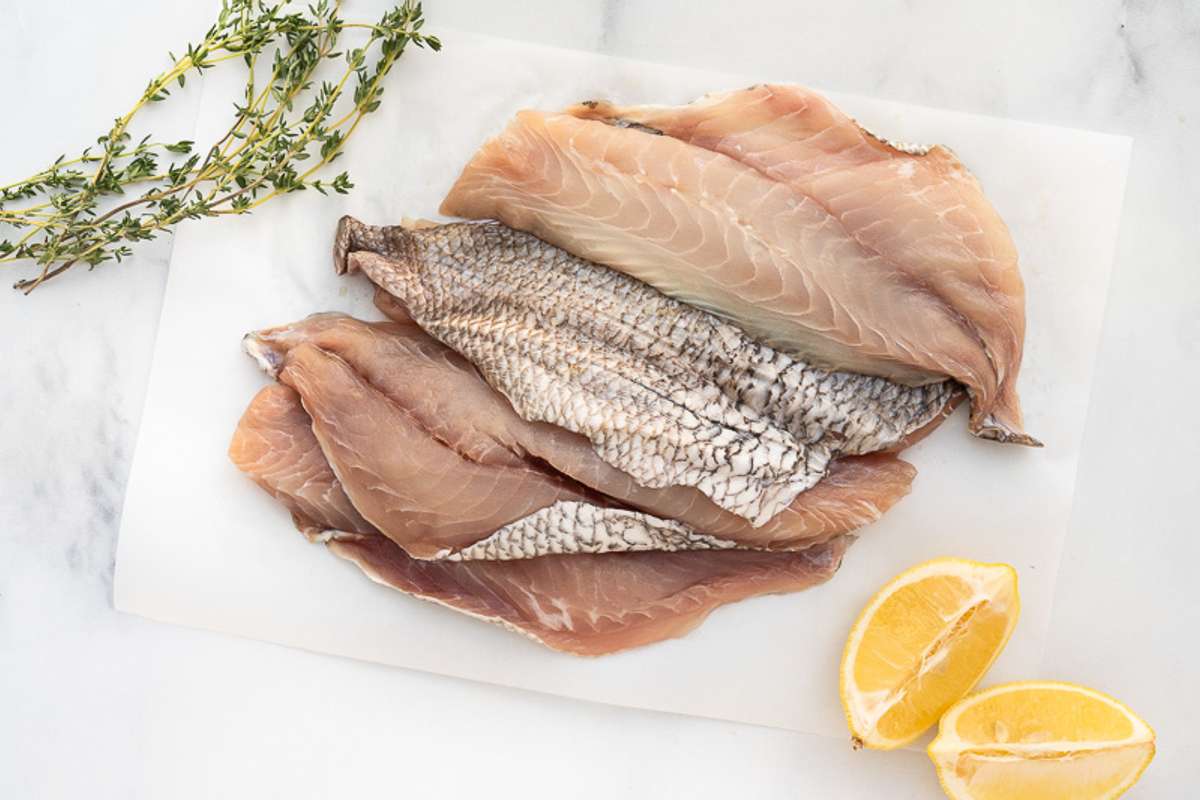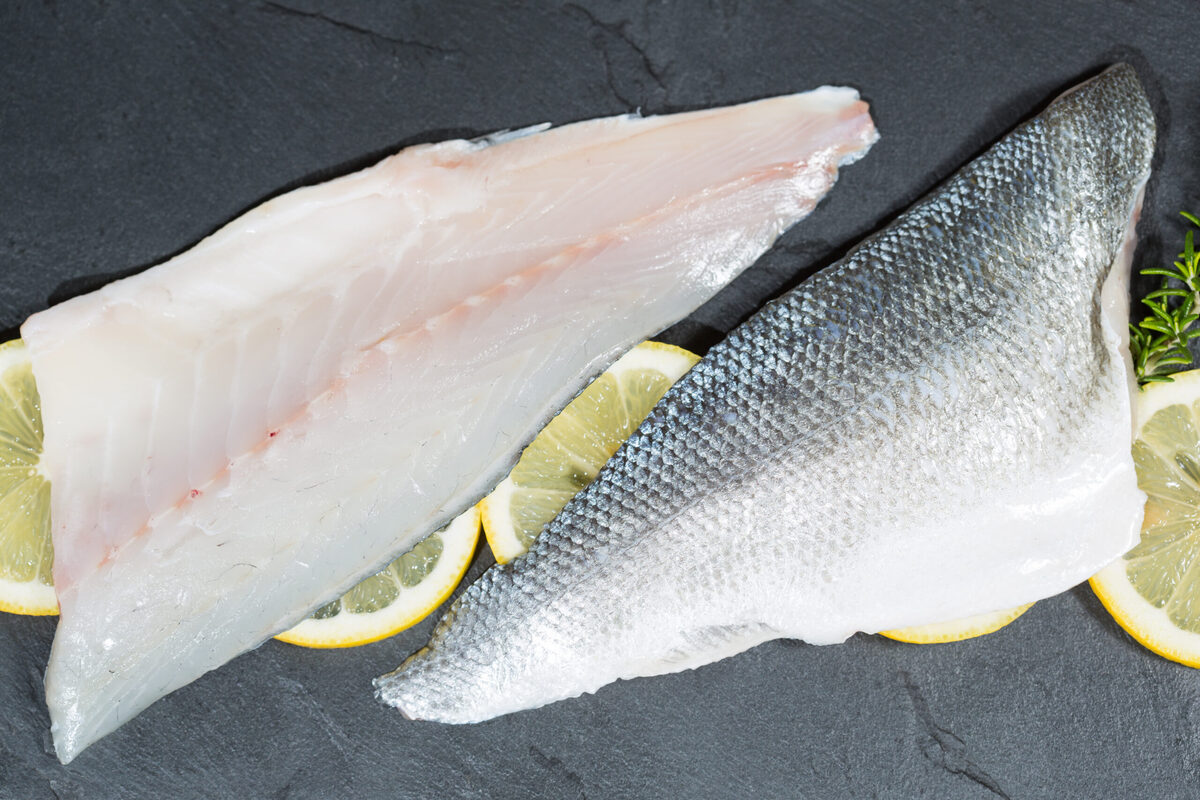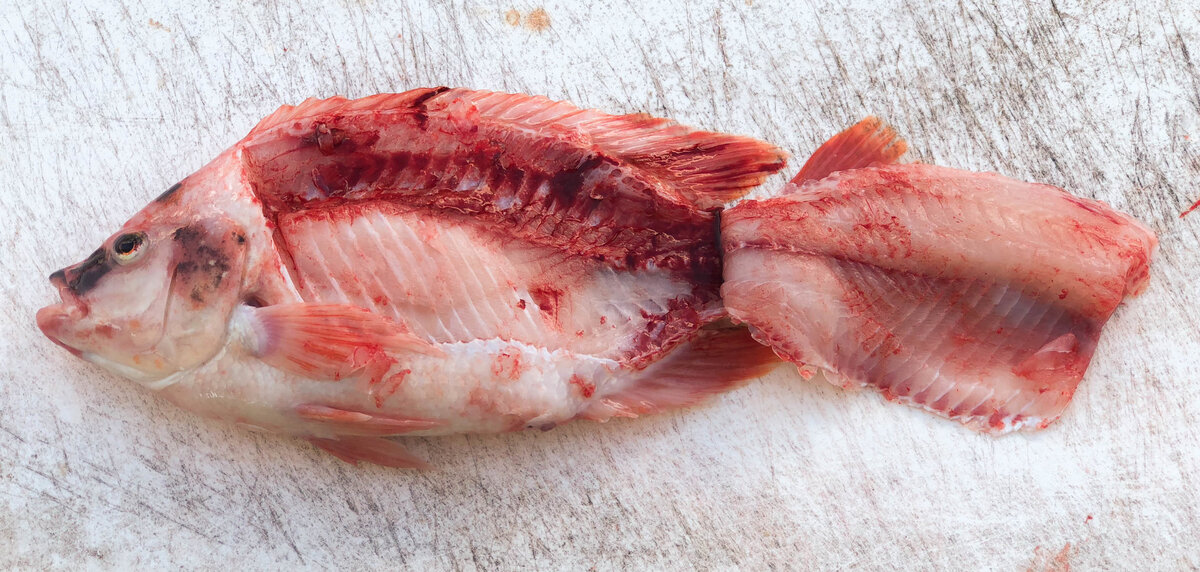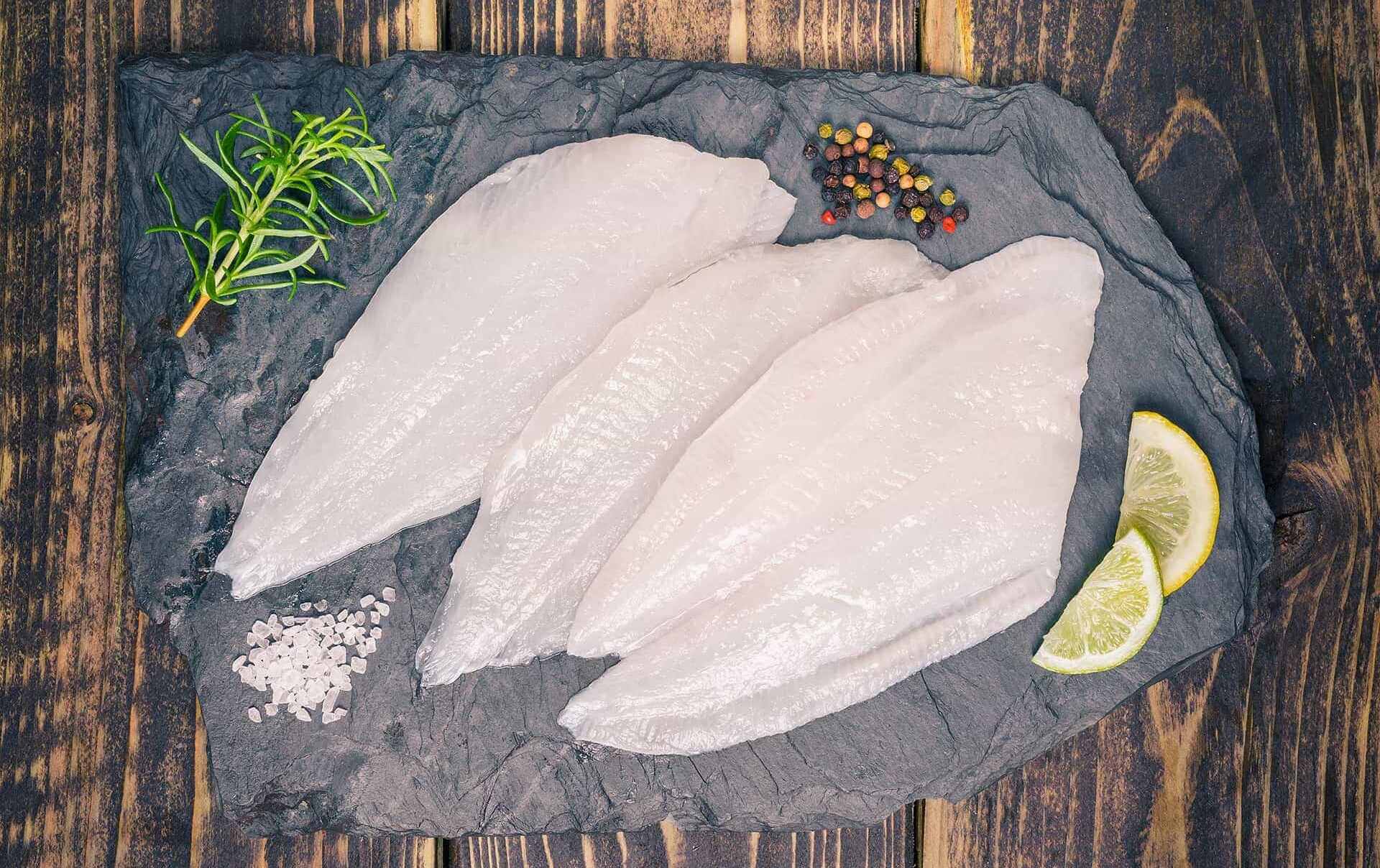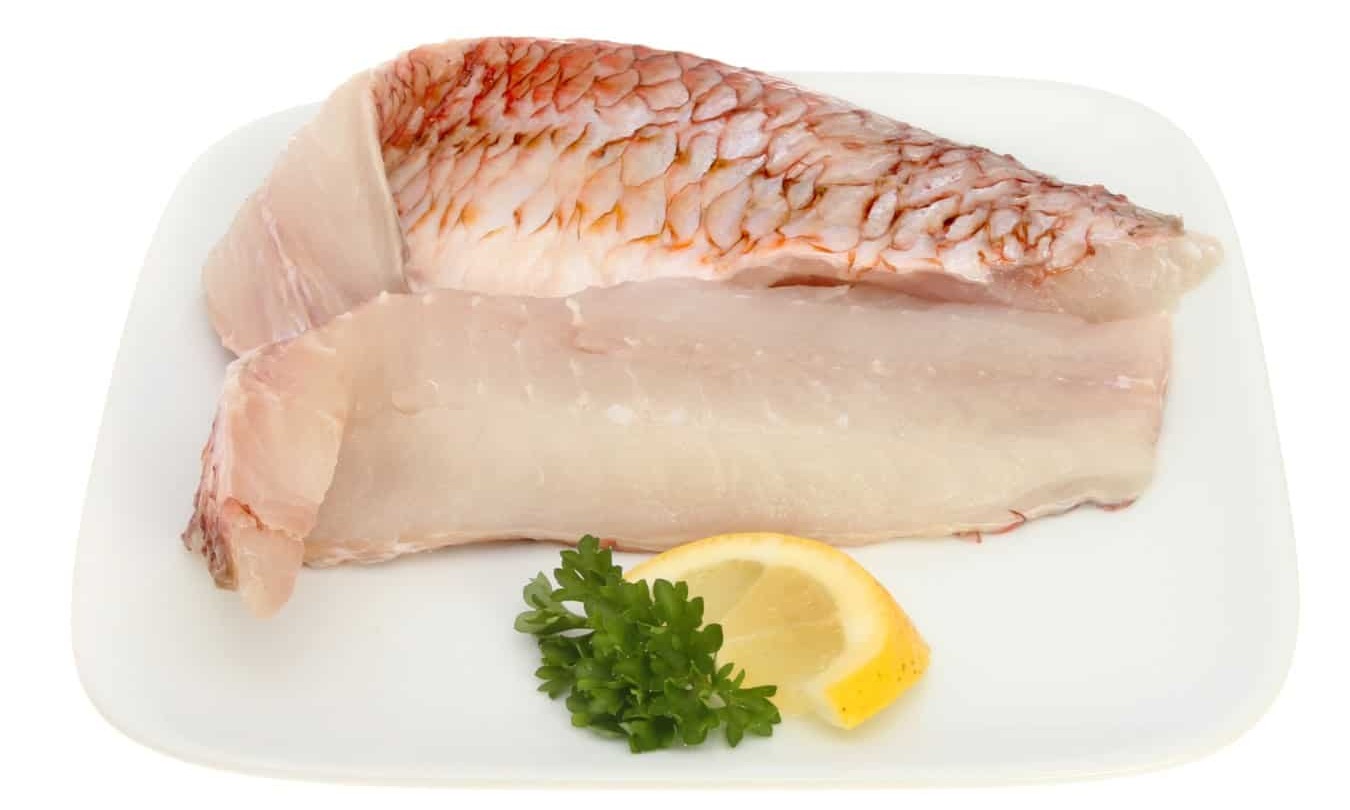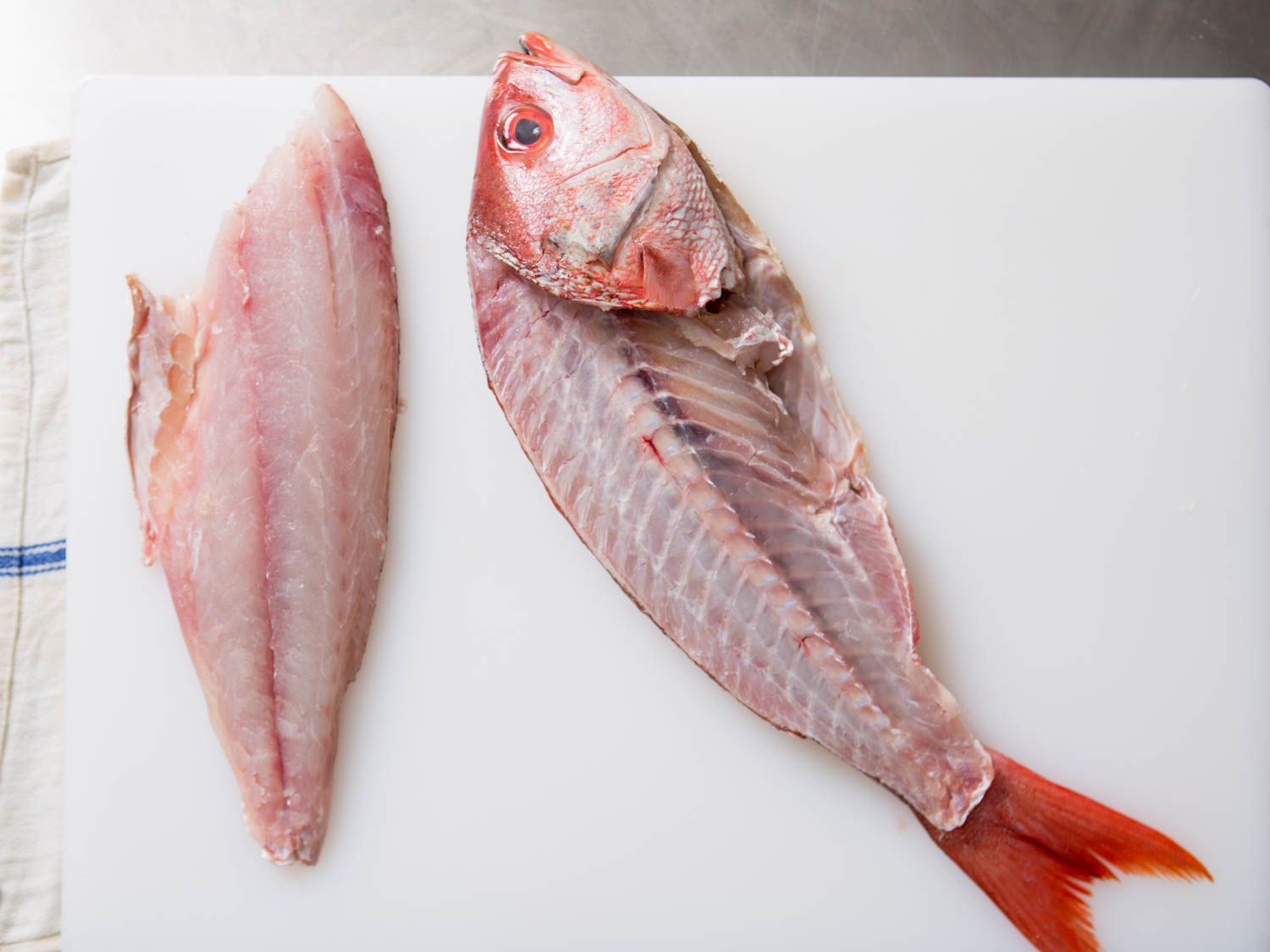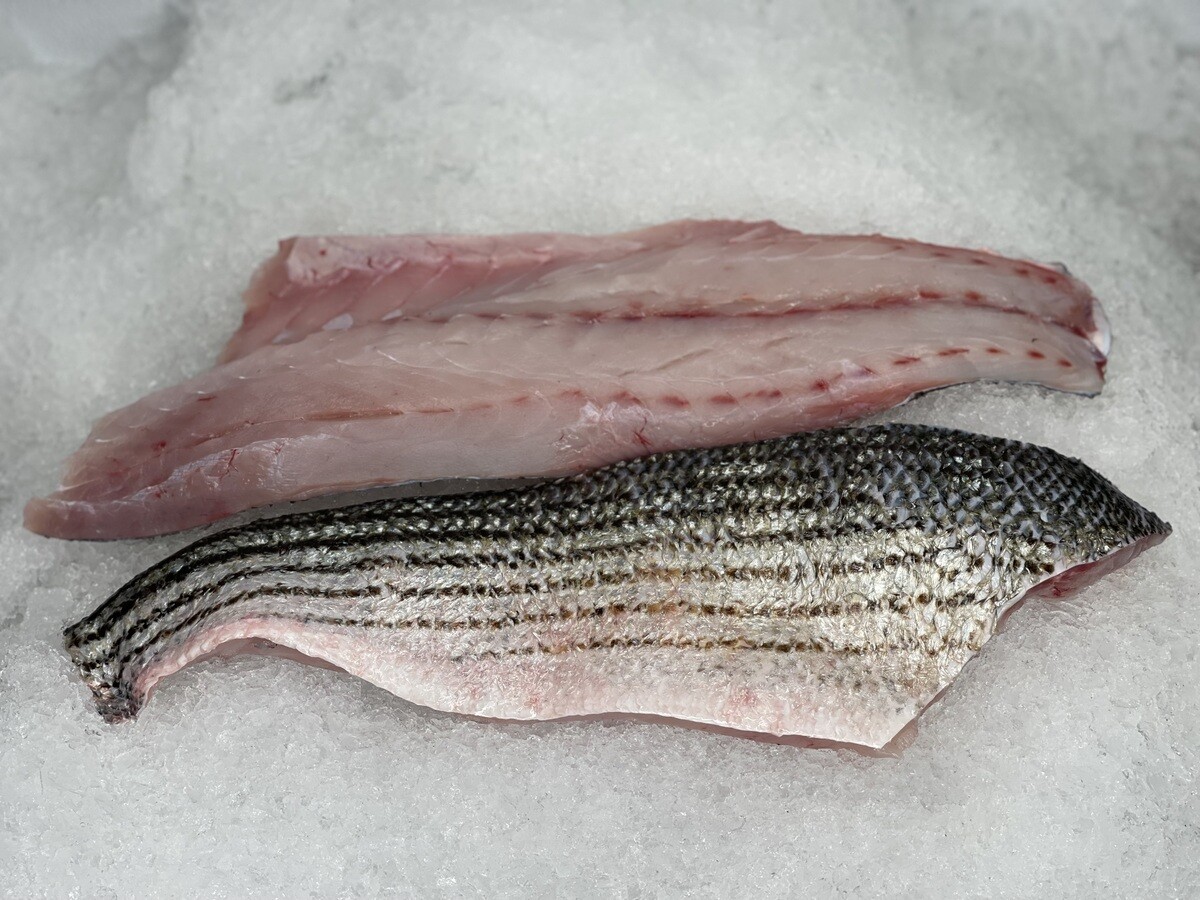Trout is a delicious and popular fish that many people enjoy eating. However, dealing with the bones can be a hassle. But fear not, because I'm here to show you how to fillet a trout without bones, so you can enjoy this tasty fish without any worries. Follow these simple steps and you'll be enjoying boneless trout in no time!
Step 1: Gather Your Tools
Before you begin, make sure you have all the necessary tools on hand. You will need a sharp fillet knife, a cutting board, and a pair of kitchen shears. Having these tools ready will make the filleting process much easier and safer.
Step 2: Prepare the Trout
Start by placing the trout on the cutting board. Use the kitchen shears to trim off the fins and remove the head. This will make it easier to work with the fish and ensure that you get the best fillets possible.
Step 3: Make the Initial Cut
Hold the trout firmly on the cutting board and make a deep, vertical cut behind the gills and pectoral fin, down to the backbone. This will create an opening for you to begin the filleting process.
Step 4: Remove the Fillet
Insert the fillet knife into the initial cut and carefully slice along the backbone, following the natural curve of the fish. Use smooth, steady strokes to separate the fillet from the bones. Be sure to keep the knife as close to the bones as possible to maximize the amount of meat you can salvage from the fish.
Step 5: Repeat on the Other Side
Once you have removed the first fillet, flip the trout over and repeat the process on the other side. Make the initial cut behind the gills and pectoral fin, then carefully slice along the backbone to remove the second fillet.
Step 6: Check for Remaining Bones
After you have removed the fillets, carefully run your fingers over the meat to check for any remaining bones. Use the kitchen shears to trim away any small bones or ribcage fragments that may still be attached to the fillets.
Step 7: Rinse and Enjoy
Once you have ensured that the fillets are completely boneless, give them a quick rinse under cold water to remove any stray scales or debris. Your boneless trout fillets are now ready to be cooked and enjoyed in your favorite recipes!
Now that you know how to fillet a trout without bones, you can confidently prepare this delicious fish for your next meal. With the right tools and a bit of practice, you'll be able to enjoy boneless trout fillets with ease. So go ahead, give it a try and impress your friends and family with your newfound filleting skills!
For those eager to apply their newly acquired trout filleting skills, there are several recipes worth trying that highlight this technique beautifully. The Pan-Fried Boneless Trout with Lemon Butter Sauce offers a quick, flavorful way to enjoy your fillet. For a more aromatic experience, Grilled Boneless Trout with Garlic and Herbs is an excellent choice, infusing the fish with delightful herb and garlic notes. If you prefer a gentler cooking method, Baked Boneless Trout with Dill and Lemon provides a tender, citrusy option. For something a bit more unique, Boneless Trout en Papillote with Vegetables allows you to cook the fish with a variety of fresh vegetables, locking in flavors and moisture. These recipes not only make the most of your boneless trout but also provide a range of delicious flavors and cooking methods to suit any palate.
